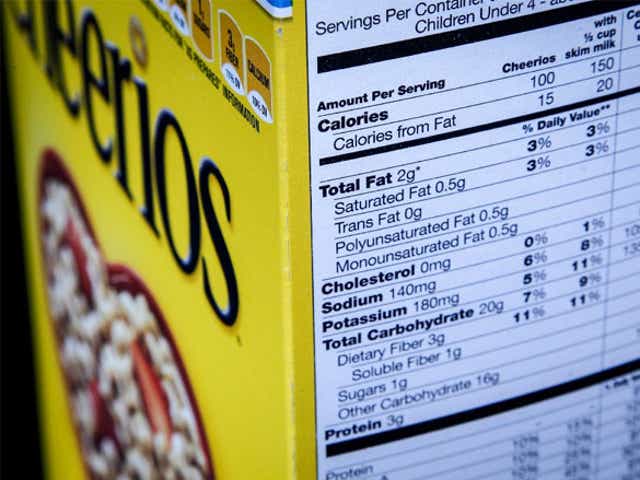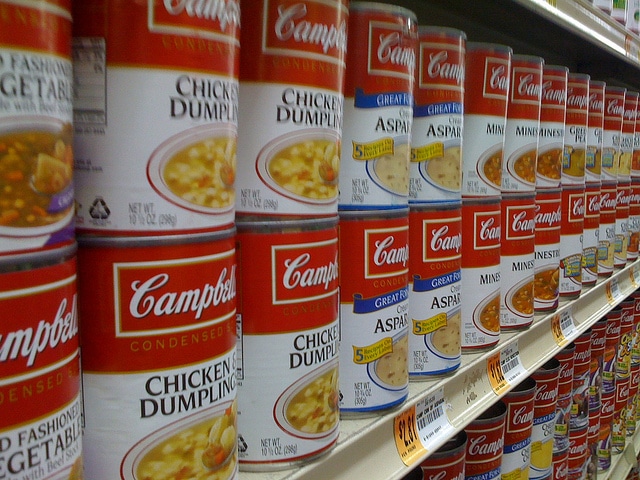Food Packaging Labels
Among the best points, you can do for your body is to nurture it with healthy foods. As the web content and also components of our foods have transformed over the past three (3) decades to provide benefits and a longer life span, so has our weight. There is a direct web link between the web content of our food and the rise in weight problems. With obesity posing such a national health dilemma, lots of manufacturers are turning to food product packaging tags attempting to persuade us that their item is a healthy selection– do not be misled so rapidly! The terms below will aid show you what these claims actually imply as well as help you damage the code!
” Calorie Free” These are foods that contain less than 5 calories per offering.
” Cholesterol Free” These foods must consist of less than 2 mg of cholesterol and also 2 g or less of saturated fat per offering (a reduced cholesterol product is not always low in fat).
” Fat-free” These foods have less than 0.5 g of fat per serving.
” Lean” These foods consist of less than 10 g fat, less than 4.5 g saturated fat, and also less than 95 mg of cholesterol per offering.
” Lite foods” A lite insurance claim shows only that the product runs out of 1/2 the fat, 2/3 the calories, or 1/2 the sodium of the ‘regular’ variation of the exact same food.
” Low-calorie” These foods have 40 calories or much less per offering.
” Reduced Cholesterol” These foods have 20 mg or less of cholesterol and 2 g or much less of saturated fat per serving.
” Low-fat” These foods have 3 g or less of fat per offering.
” Reduced in saturated fat” Foods that contain 1 g or much less of saturated fat per serving and also no more than 15% of the calories come from hydrogenated fats.
” Reduced sodium” These foods contain 140 mg or less sodium per serving.
” Saturated fat-free” These foods have less than 0.5 g of hydrogenated fat and also less than 0.5 g of trans fat.
” Sodium-free” Foods which contain less than 5 mg salt per serving.
” Sugar-free” These foods consist of less than 0.5 g of sugar per serving.
” Trans fat totally free or No trans fat or No trans fat” Foods that have less than 0.5 g trans fat per serving. Always read the food labels that make this insurance claim; if you see the words “partially hydrogenated” on this package, then the product does include trans fat. Any food with 0.5 g trans fat or much less per offering can be offered on this label and also eating these foods in quantity can accumulate with time. There are no safe degrees of trans fat!

” Extremely reduced sodium” These foods have 35 mg or much less sodium per serving.
Some tags likewise make cases for healthy benefits, below is what those labels truly imply:
“May reduce the threat of heart disease” or “aids to decrease cholesterol” The FDA backs the case that this food might help protect against cardiovascular disease and/or lower LDL cholesterol when eaten regularly and as part of an overall healthy diet plan. This label is commonly located on fruit and vegetables and foods with abundant insoluble fiber, whole grains, soy healthy protein, and/or plant sterols or stanols.
A red heart with a white checkmark The American Heart Organization licenses that this product is low in cholesterol, total fat, hydrogenated fat, and trans fat; has less than 480 mg of salt per offering; and normally includes at least 10% of the day-to-day value for vitamins An and also C, calcium, iron, protein or fiber.
A yellow as well as black “entire grain” icon that appears like a postage stamp The entire Grains Council confirms that this product includes at the very least 8 g of entire grains (a 1/2 offering of whole grains). If the stamp defines “100% whole grain”, then the item contends the very least 16 g of entire grains (1 full offering of whole grains). 3 (3 )everyday servings of entire grains are advised.
For more information on obesity and nutrition, please visit WhatsNew2Day to find more info.
